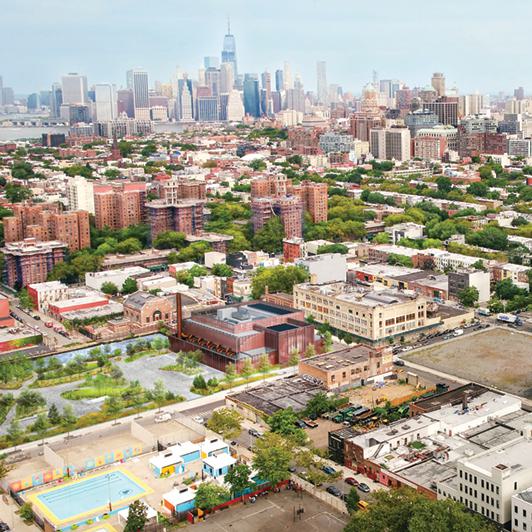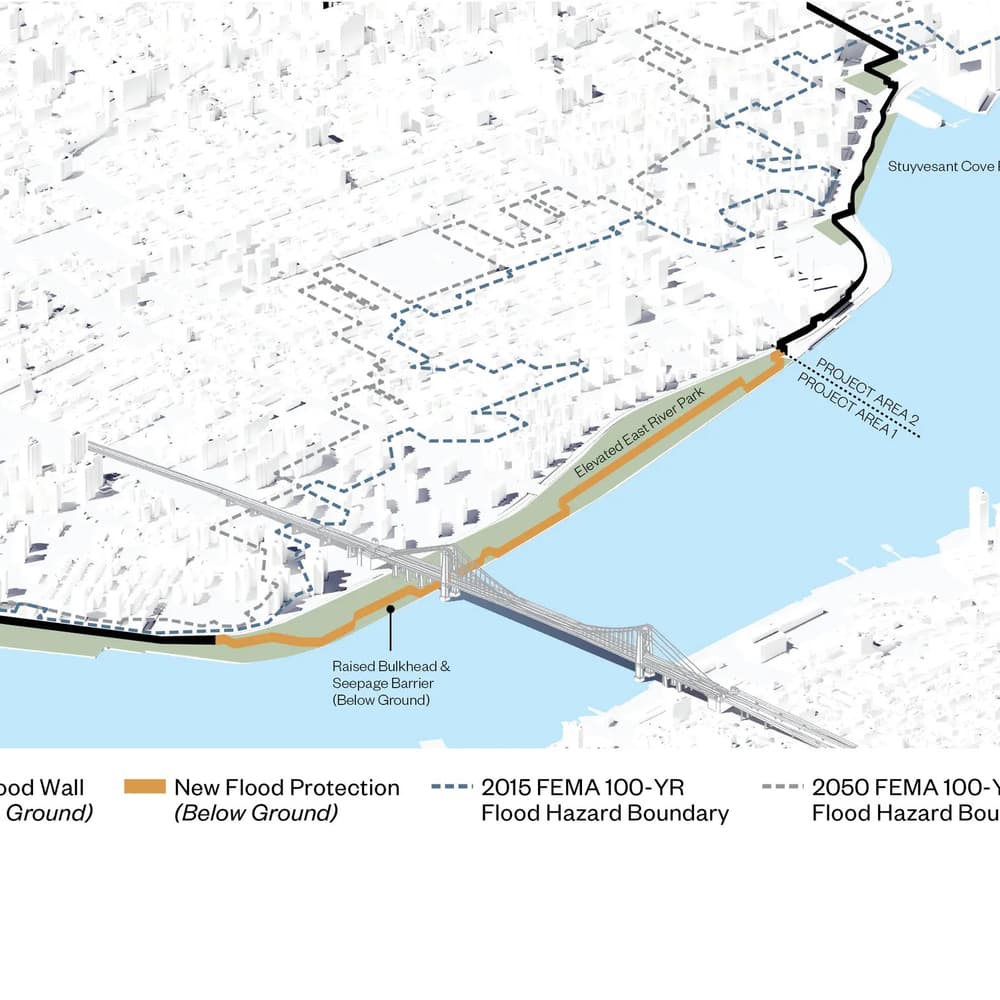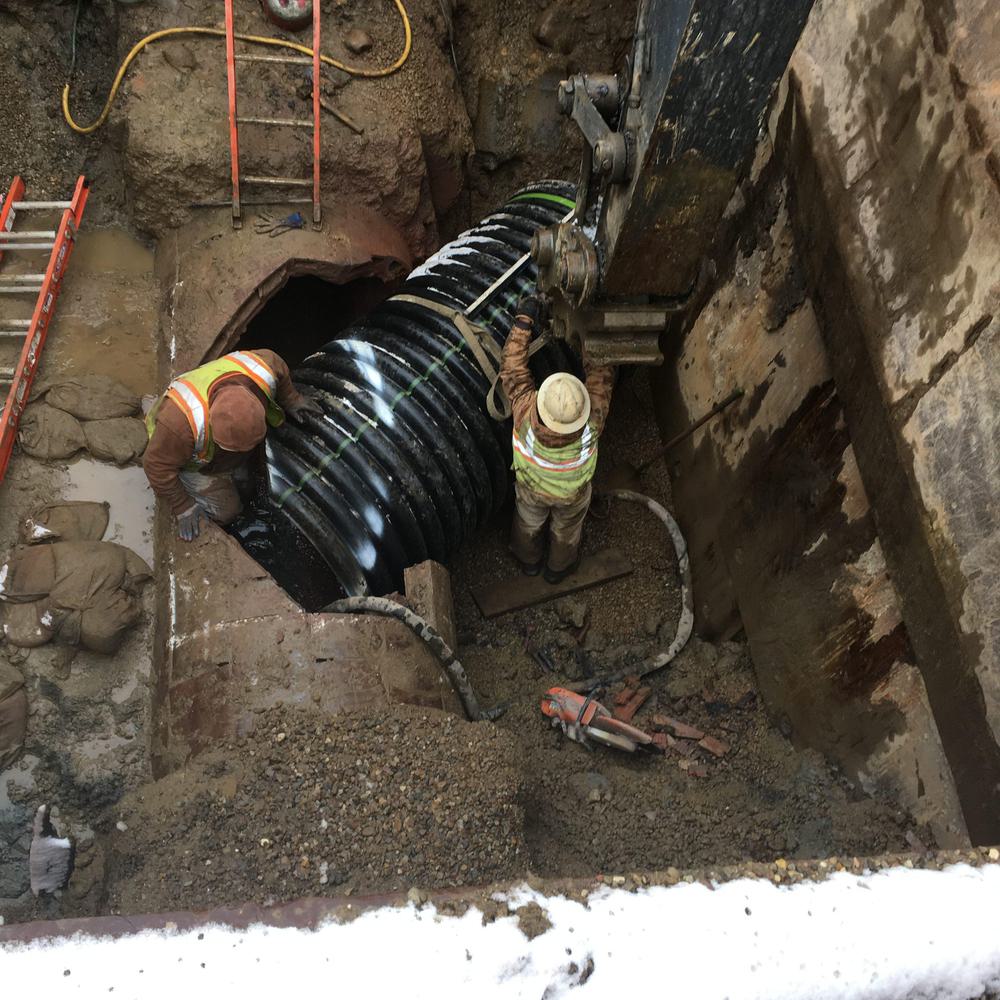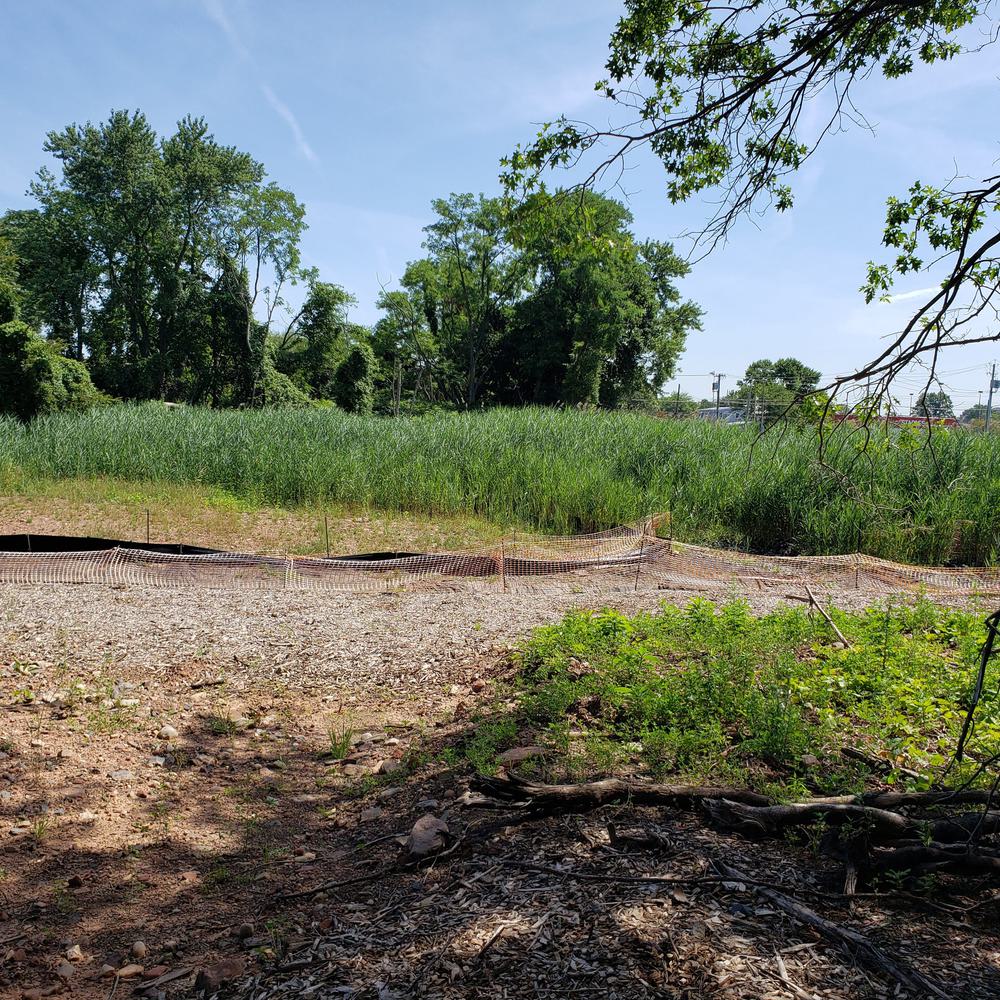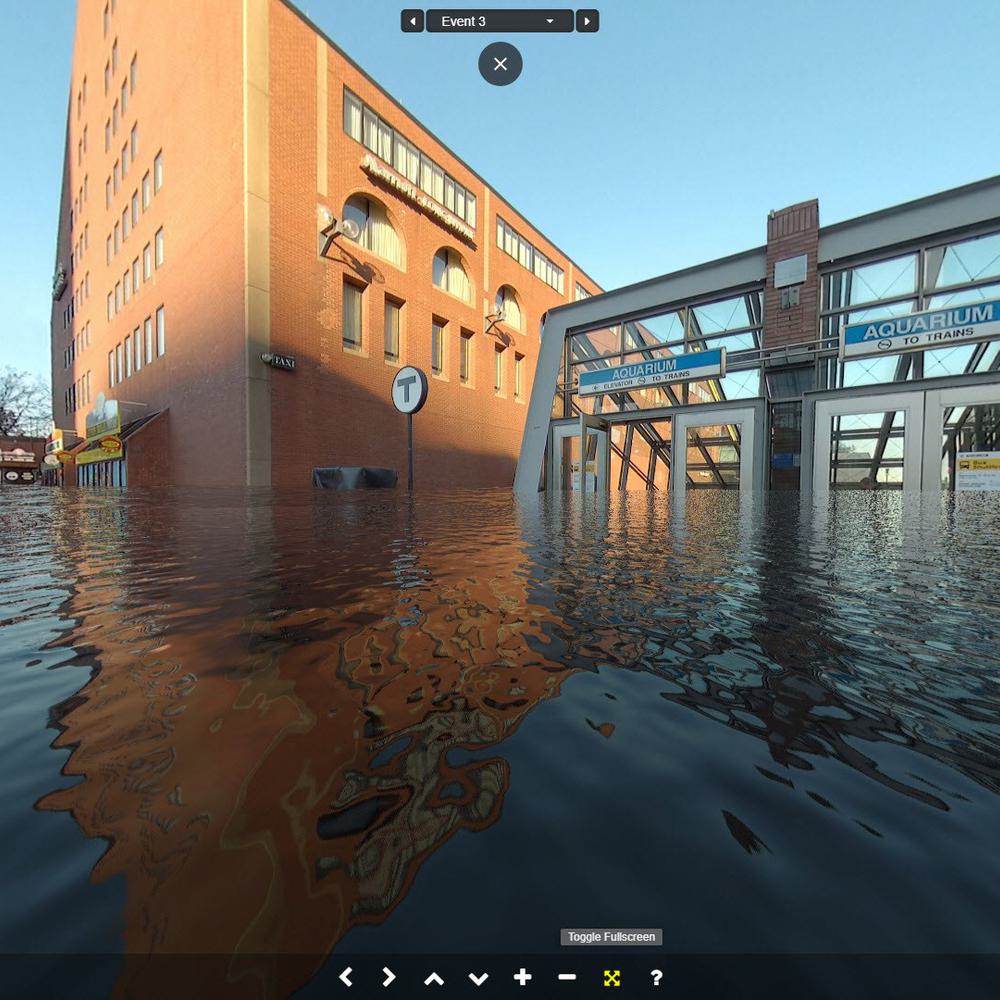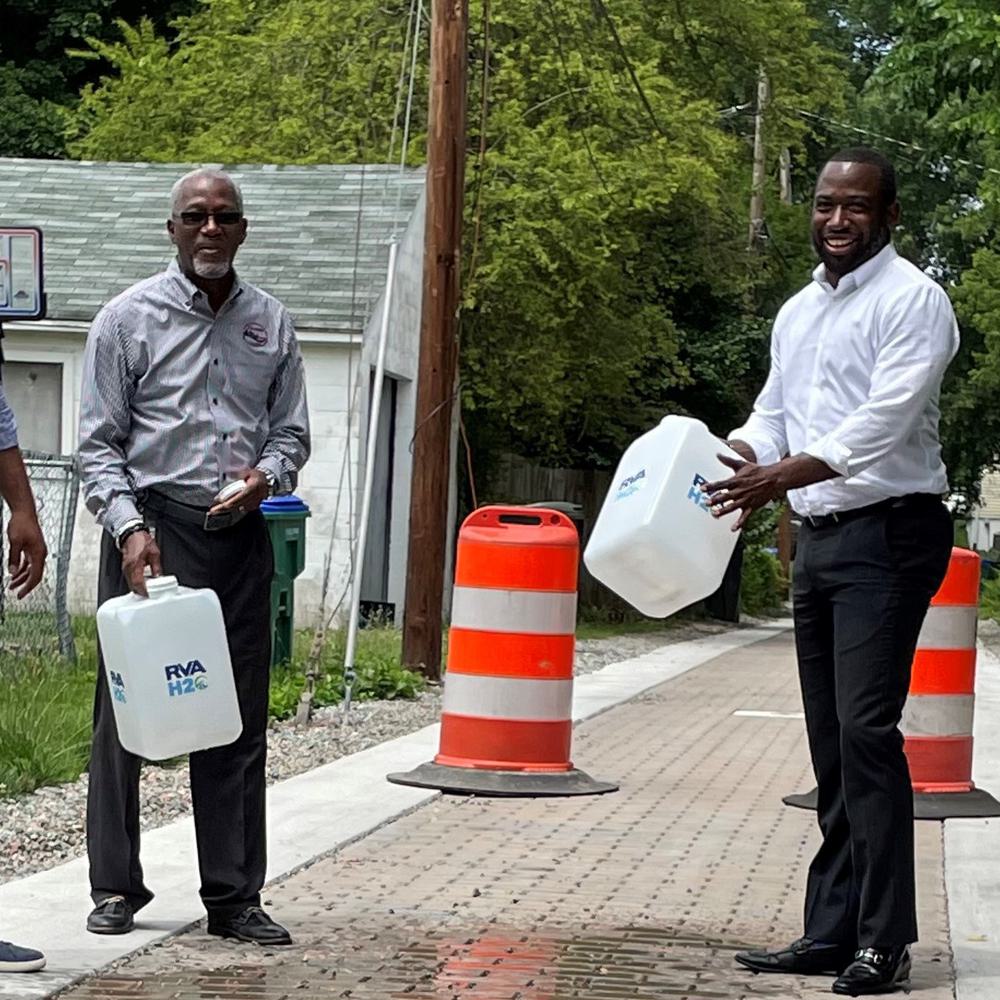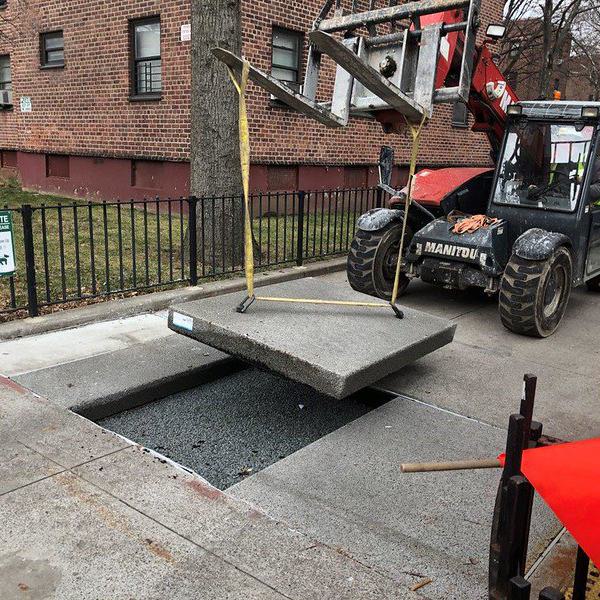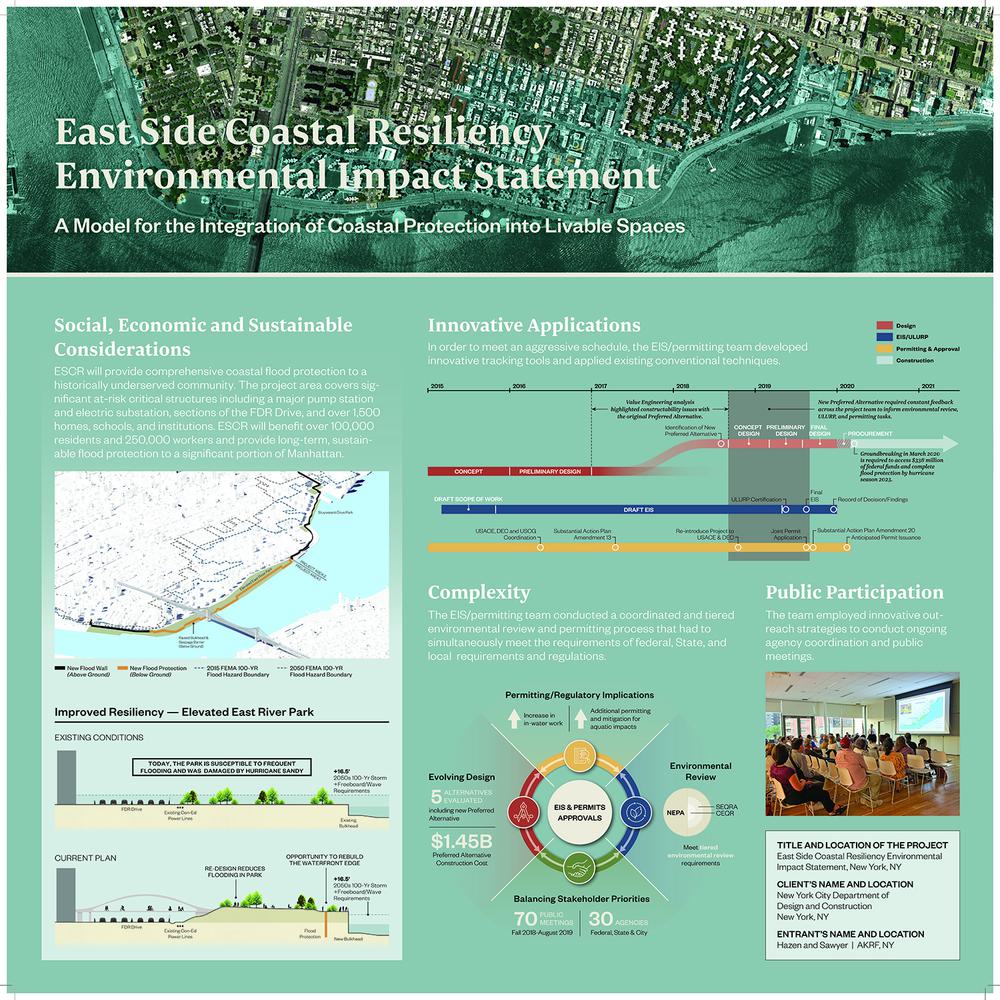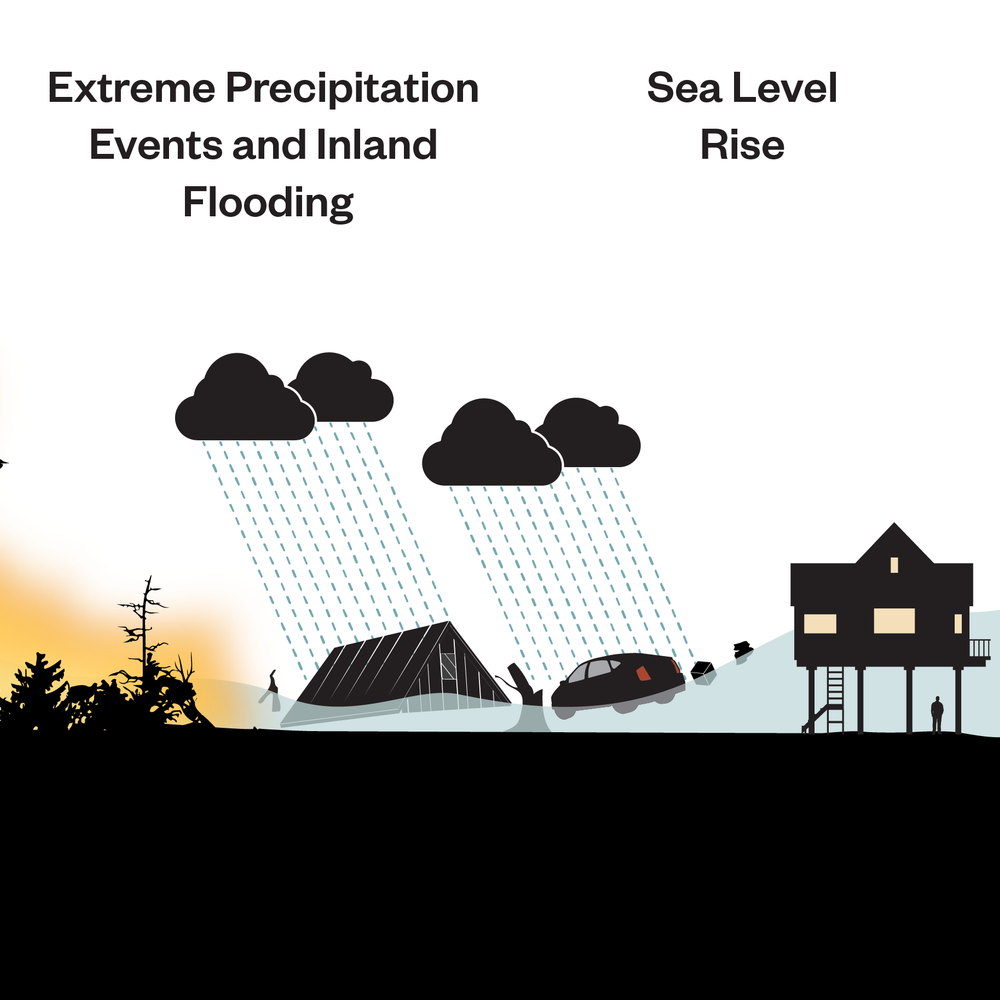Grove Land Reservoir and Stormwater Treatment Area
This $600 million project, in South Florida's coastal Northern Okeechobee and Southern Indian River counties, will improve regional water supply and water quality. By storing and treating 136 million gallons per day (mgd) of water rather than discharging it to the Indian River Lagoon, the project will provide an alternative water supply, along with economic and environmental benefits.

Background
Hazen, through public private partnership, will take the project, which covers 7,788 acres, from the feasibility stage through design and permitting. Work performed during this phase is funded via a Florida Department of Environmental Protection (FDEP) grant. Our team is providing a wide range of services, including obtaining aerial LiDAR and other survey data, collection of extensive geotechnical data, completion of cultural resource and environmental assessments, detailed hydrologic modeling to identify basin water availability, water quality modeling (using DMSTA) to predict STA effluent quality, integrated surface/groundwater modeling, development of a BODR/DDR, 30% design, extensive financial feasibility analyses including willingness-to-pay assessments, and environmental resource permitting. Design includes an ~75,000 acre reservoir, ~1,800 acres of aquatic vegetation for nutrient removal, nearly 5,000 LF of 60” piping trenchlessly installed, a 450-mgd inflow pump station and a 150-mgd outflow pump station.
Willingness-to-Pay analyses for the project require complex analyses to quantify such benefits as up to 100 mgd in raw water supply, diversion of more than 120 acre-feet/year of nutrient laden water from the estuary, impeding salt-water intrusion, and the removal of 41.5 metric tons of nutrients each year.
Hazen's efforts contributed to the significant reduction in Central Florida's water supply deficit, obtaining close to three times the supply of other proposed alternatives for $100M less.
GLRSTA poses the additional challenge of straddling the boundary of the South Florida (SFWMD) and St. Johns River Water Management Districts (SJRWMD). While the hydrologic reconnection of the Districts at the C-25 has distinct benefits, including restoring historical hydrology, the issue of inter-basin water transfers is a considerable challenge, which requires the seasoned group of professionals our team has provided. In order to facilitate permitting and operations on this complex project, Hazen regularly coordinated with SFWMD right-of-way, consumptive use, environmental resource, and operations staff, as well as SJRWMD staff.

Project Outcomes and Benefits
- Approximately 136 mgd of water made available to the headwaters of the St. Johns River and/or local beneficiaries.
- Approximately 37 metric tons (MT) of Total Phosphorus (TP) to be removed annually through treatment in the STA.
- Approximately 68 MT of Total Nitrogen (TN) to be removed annually through treatment in the STA.
- Water quality-based effluent limits (WQBELs) will be met.
- Reduction of freshwater discharges to the IRL will occur as a result of redirecting flow which would otherwise be lost to tide to the headwaters of the St. Johns River.
- Significant reduction in the projected 250-mgd Central Florida Water Initiative (CFWI) water supply deficit.
- Other proposed surface water projects are estimated to have a water supply benefit ranging from 40 to 54 mgd with project costs being at least $100 million greater than the GLRSTA estimated cost. Therefore, the GLRSTA is a more economical solution when factoring in the greater benefit the Project provides to the CFWI (daily flows of 136 mgd).




